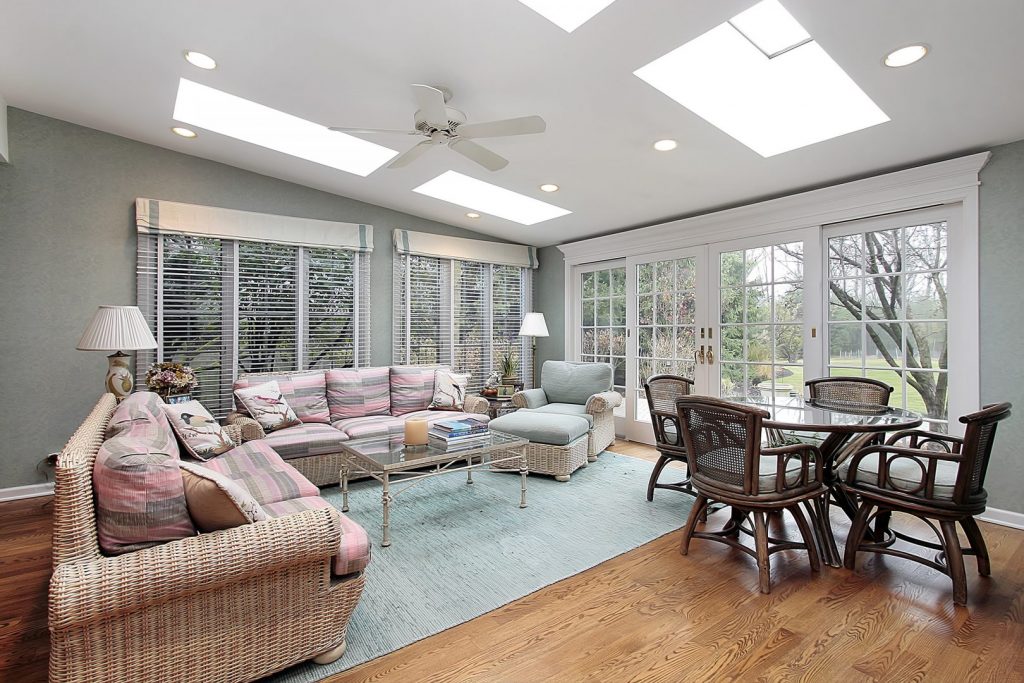
We no longer are limited to the number or styles of lighting (including natural light) we can have in a space to make it safer, more pleasant, and more accessible
Universal design is a great concept for improving or renovating a home of any age (pertaining to when when the home was built rather than our age), physical size (square footage under roof as well as the actual layout), construction type (one level or multi-story as well as architectural style or period), or geographic location (within the United States or elsewhere) for any type of occupant – regardless of their age or ability, stature, educational attainment, or number of people living in the space.
However, universal design is largely misunderstood. There’s nothing complicated about universal design. It’s simple. It’s inclusive. If anyone can be excluded from a particular design, regardless of what that design, feature, or particular treatment might be, it is not universal design.
Universal design is the ultimate type of inclusiveness. It is not a program it is not something to be applied, nor is it something that extends outside the home. It is a design strategy. Simply put, universal design means creating or modifying homes so that anyone coming into that space, whether they live there or are just visiting, can use it without difficulty.
There are so many applications for universal design within a home that we aren’t limited to just certain areas of features. As we look at a home, we should be asking ourselves how we can create a safer solution than what we see presently and how everyone can function well with that design. If we are able to exclude or eliminate anyone from being able to use something we design, it is not universal. It might be effective for the person for whom it is designed, but if we are trying to create a broader appeal and application at the same time, we will have missed it.
On the one hand, aging in place solutions and treatments apply to an individual to address their particular and specific needs. On the other, often a universal design approach will allow us to accommodate their needs while appealing to a much broader population. That’s the real difference. One is specific and the other is more global or generic.
The best of both is to create a universal design application to solve or appeal to a specific aging in place need. When there is a concern for level or hard surface flooring, for better and more uniform lighting, for balance issues, or general accessibility in a home that arises from specific issues of one or more people residing in the home, we might be able to address those specific needs by appealing a broader fix that incorporates a universal design.
Remember, that universal design simply means that the broadest number of people possible – height, size, age, or ability – can use a given feature or accessway. As long as we can accomplish this and still solve the specific issues that an aging in place client has, we will have created a major design win.
As we look at all of the places inside the home where we can enact universal design for solutions, we start with door handles – all need to be the lever style, but let’s not stop there. They need to have a slight bend on the end or return so that it is less likely to ensnare the end of it on loose clothing or other objects. It’s not enough for it just to be a lever. It needs to be a safe lever – one that is not apt to slide into a pocket, belt loop, loose sleeve, shirt placket, apron string, or other clothing item.
Moving on to lighting. There are multiple choice here, in both stles and colors. Lighting today range from a yellowish incandescent bulb color (2700 degrees Kelvin) to over 5000 Kelvin whitesh-blue. Where they are located is amuch personal preference for the client as anything else, but we need to be using the LED bulbs. We can make them seem righter by choosing a bulb with higher lumens, and we generally create a more even and balanced illumination than we achieved without them. We may need more fixtures, but this is an easy fix.
We are not limited to ceiling fixtures or table lamps. We have soffit lighting, under cabinet lighting, toe-kicj lighting, in cabinet lighting. strip lighting, and many other choices. They can be switched or motion activated, or they can just remain on in many areas of the home all the time since they are such low energy users.
Is lighting accessibilty? Perhaps not in the sense that it provides or enables effective passage or use of items in the home, but yes in that it facilitates such usage and makes it more convenient and safer.
It’s important to remember that the more items and solutions we can use in a home that appeal to the broadest number of people possible while still solving a particular need is using universal design effectively.
